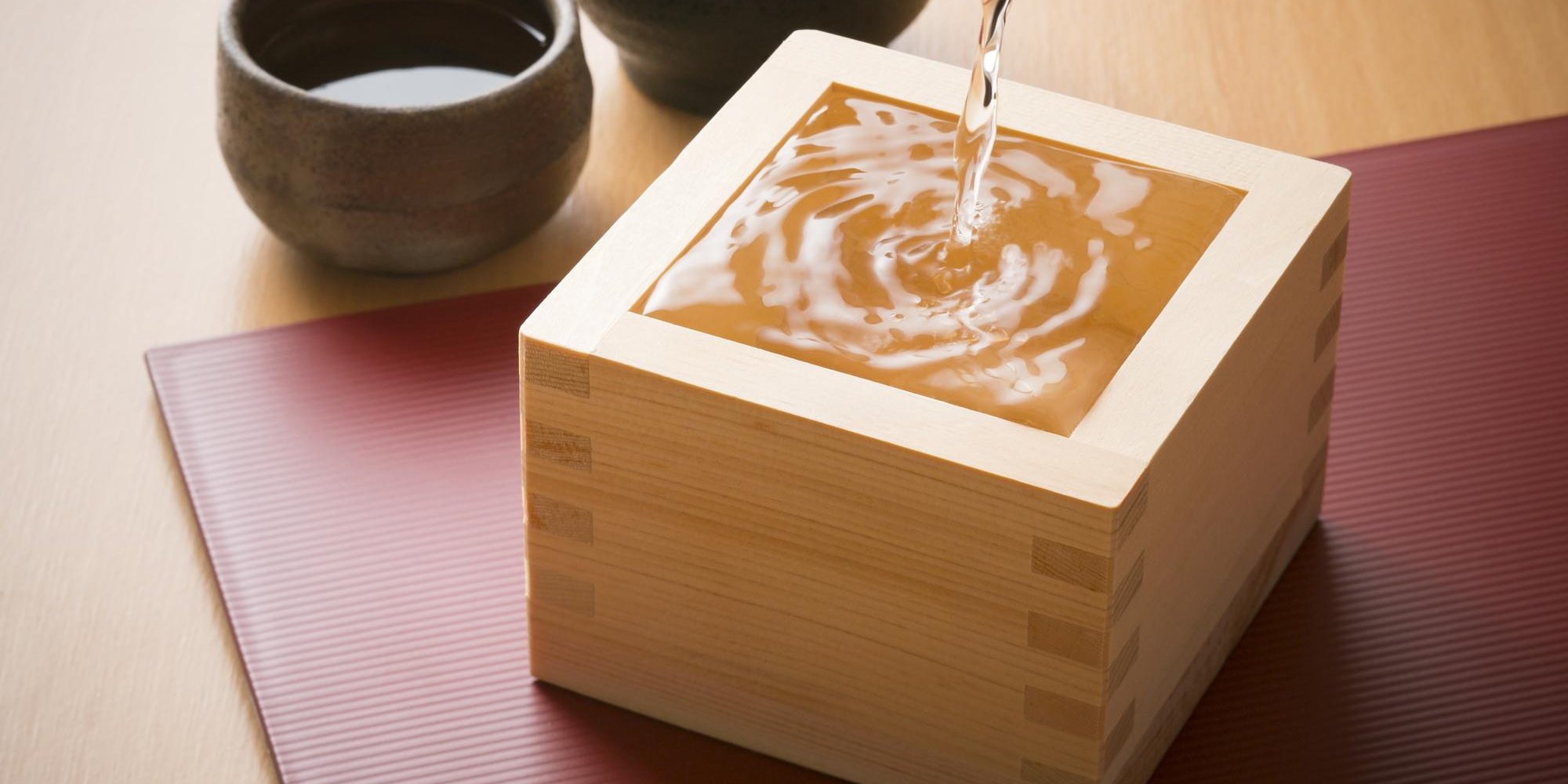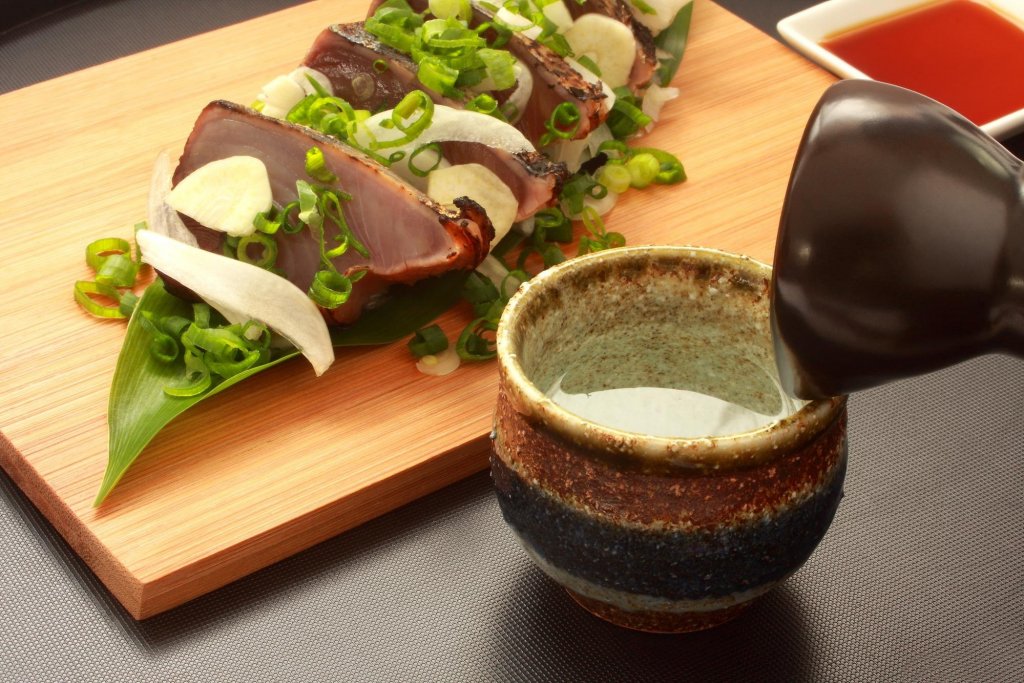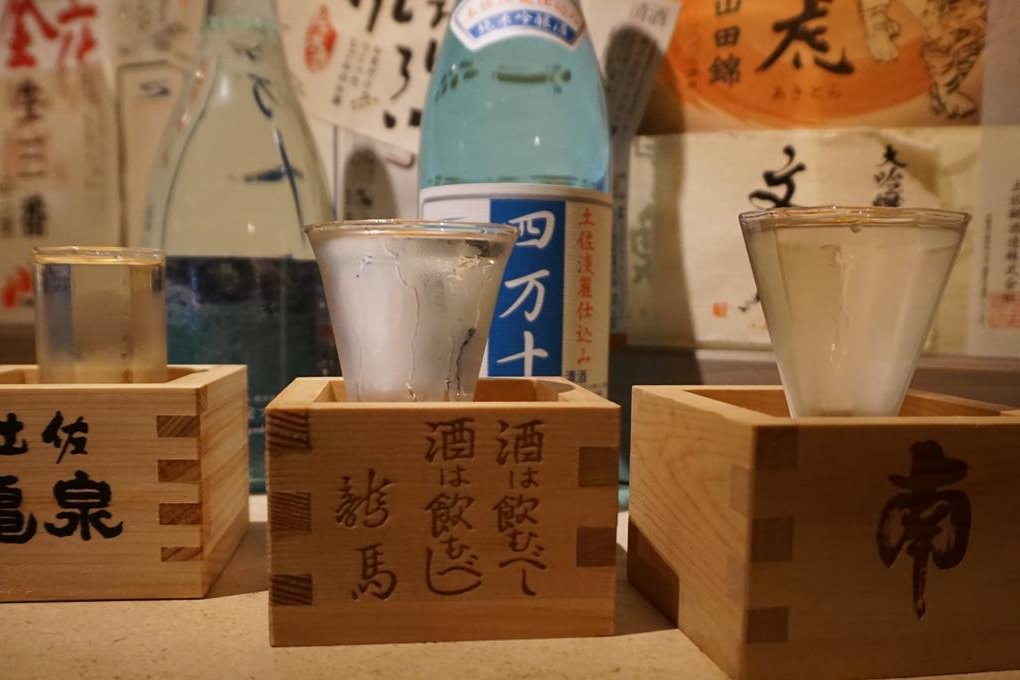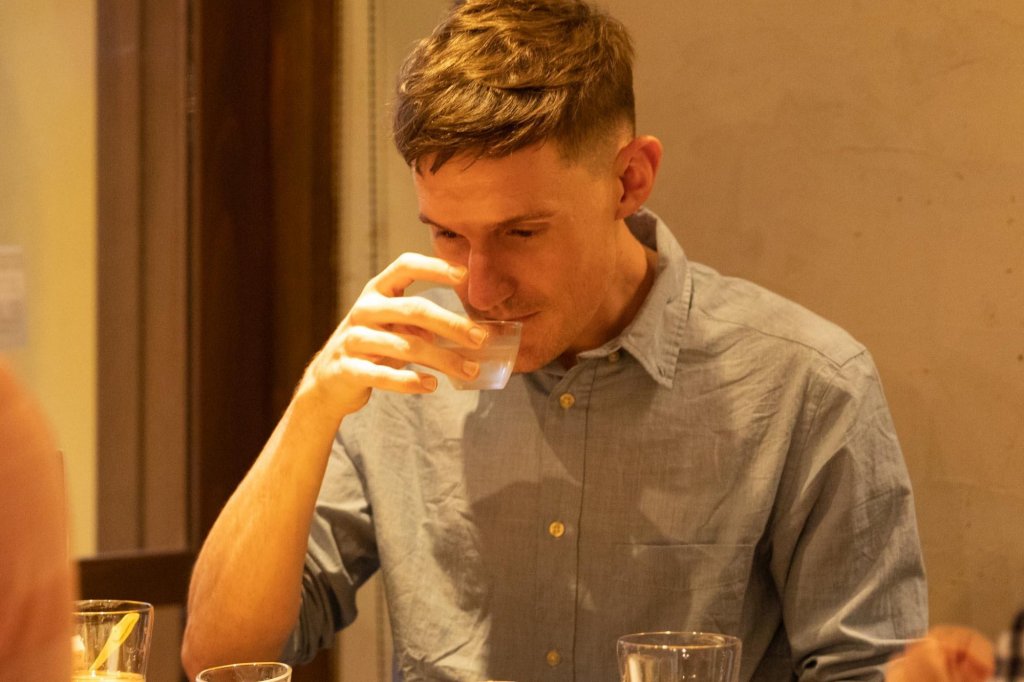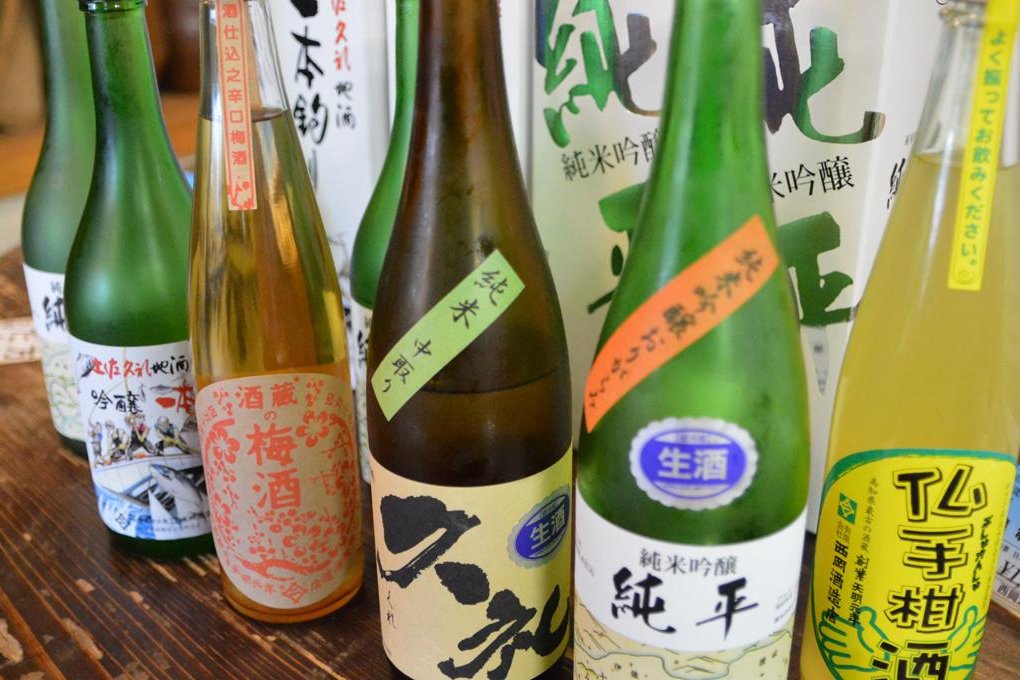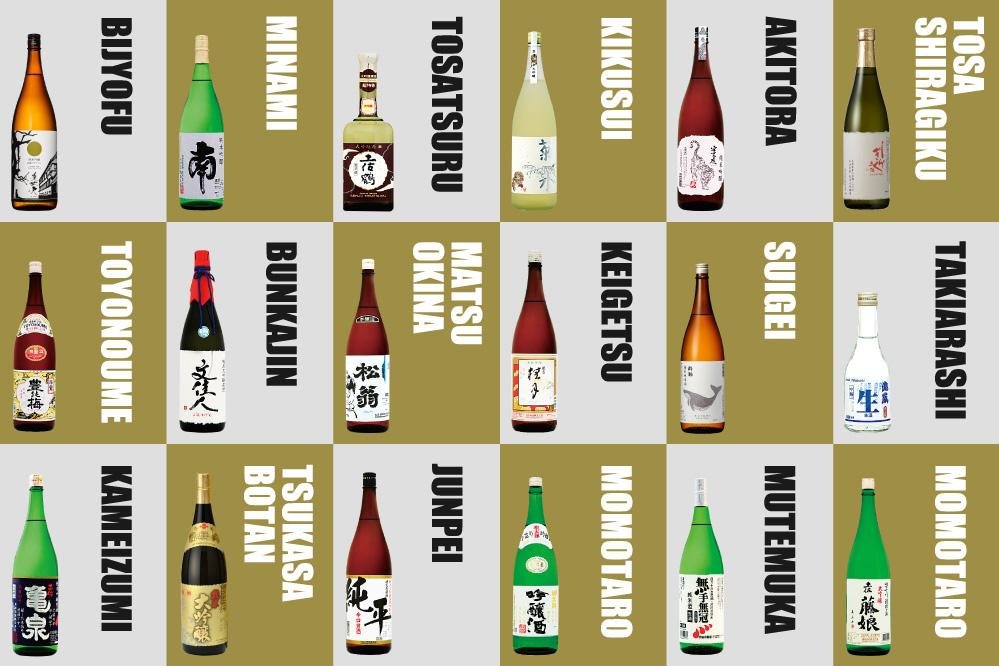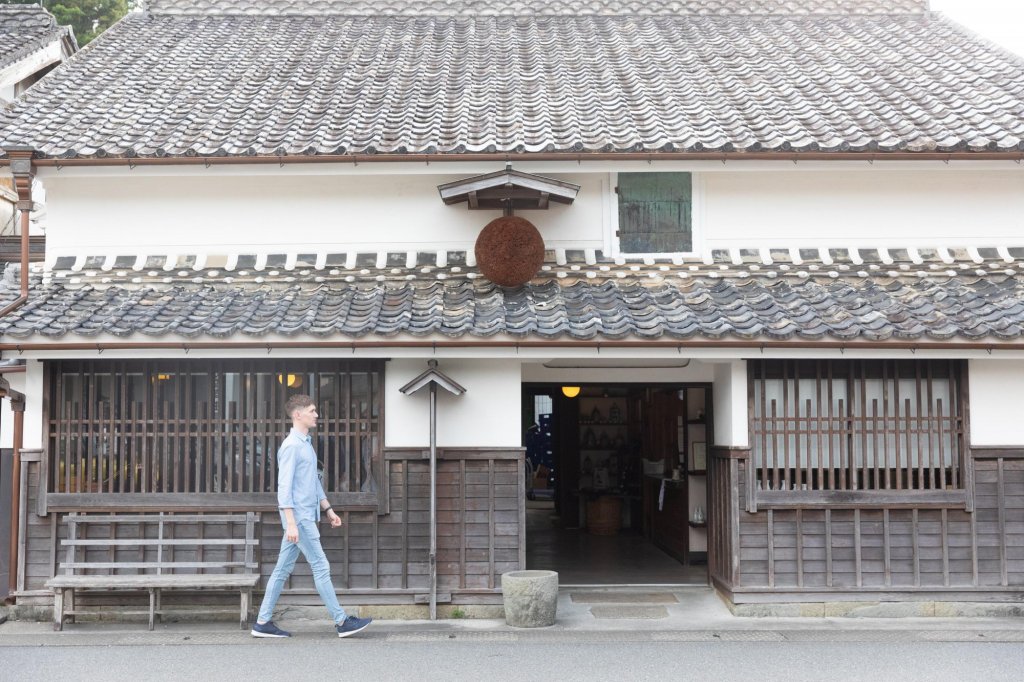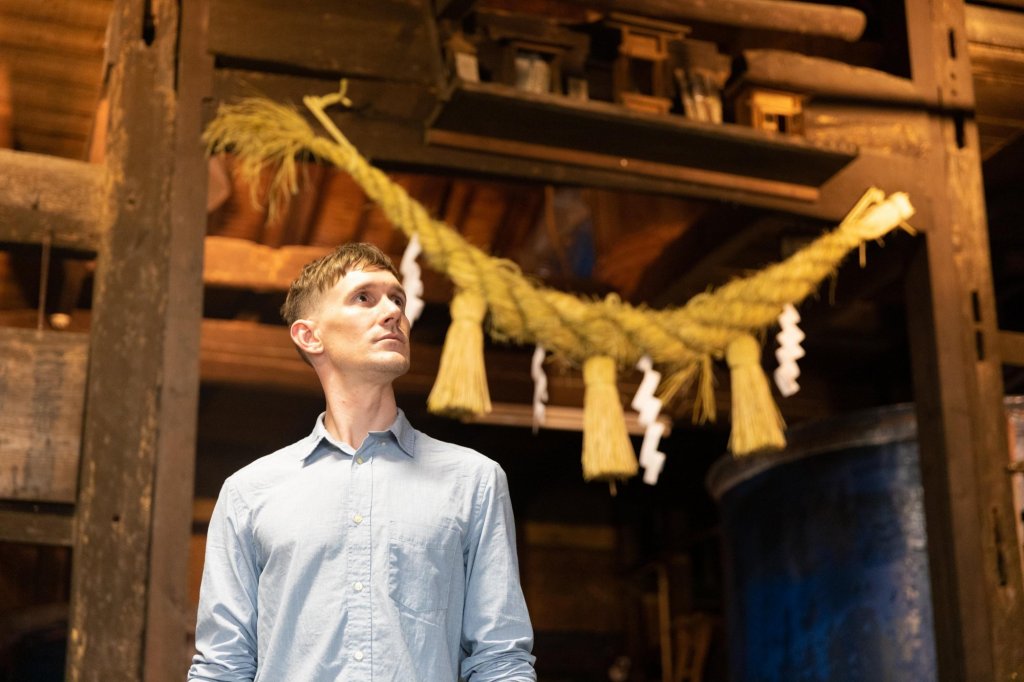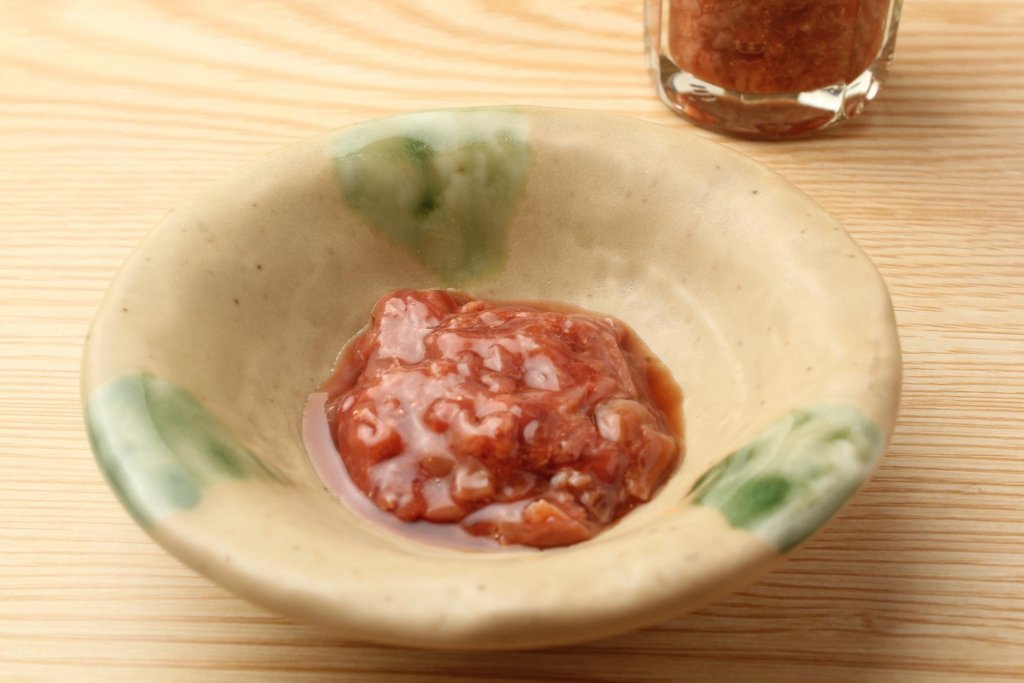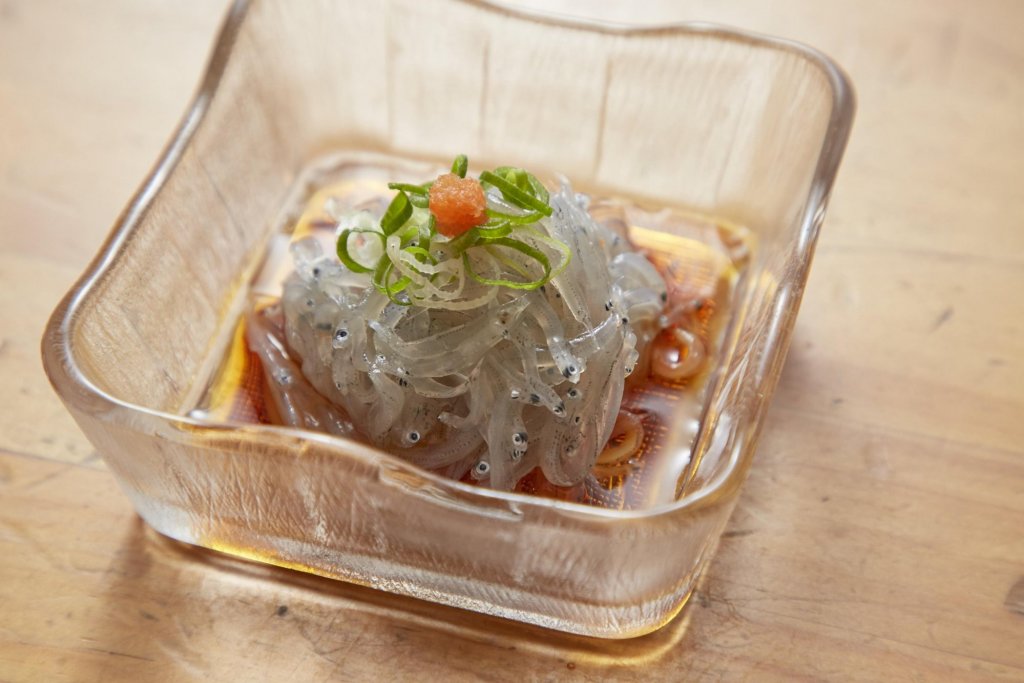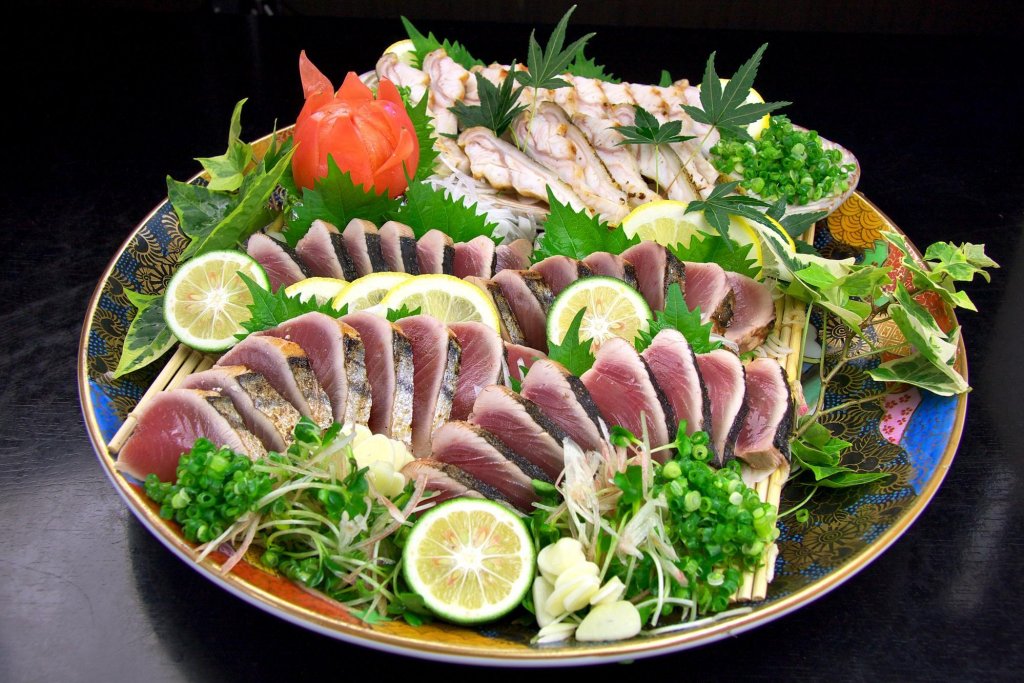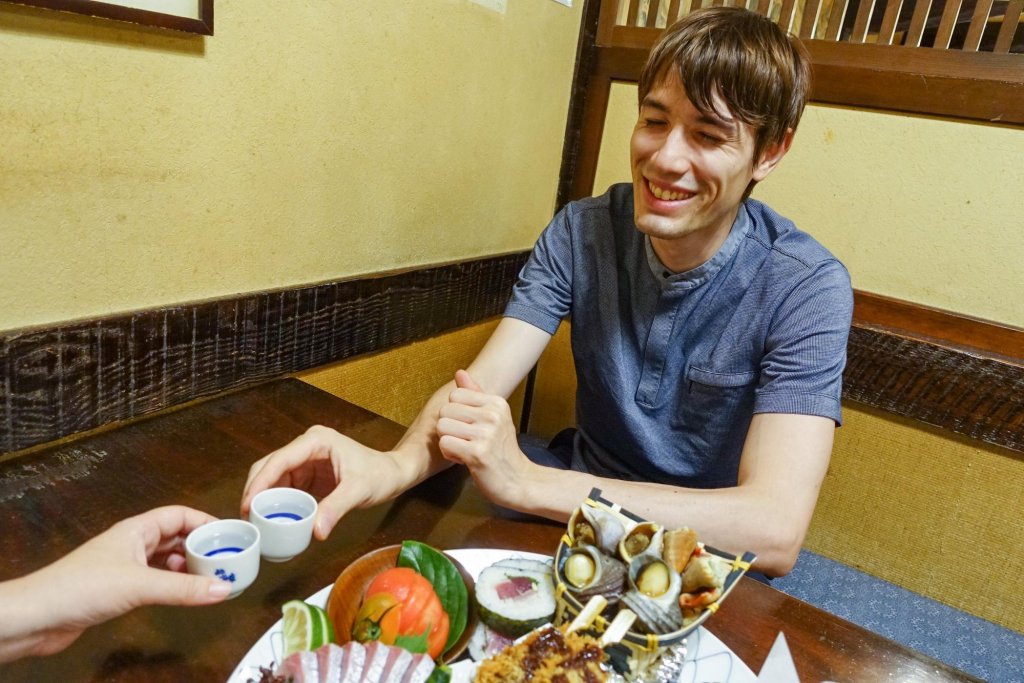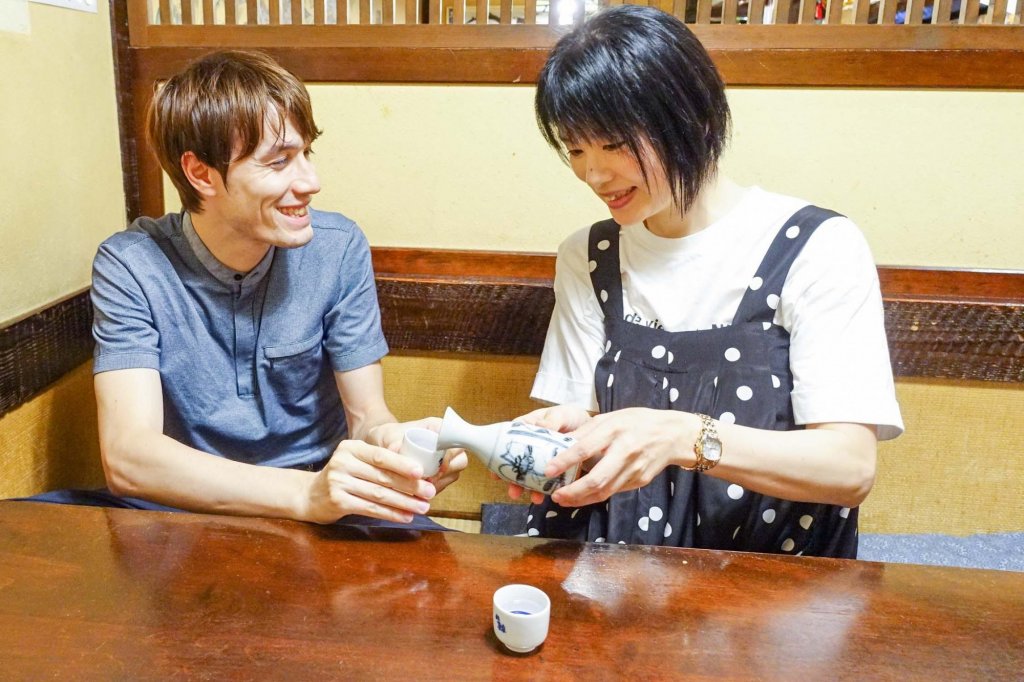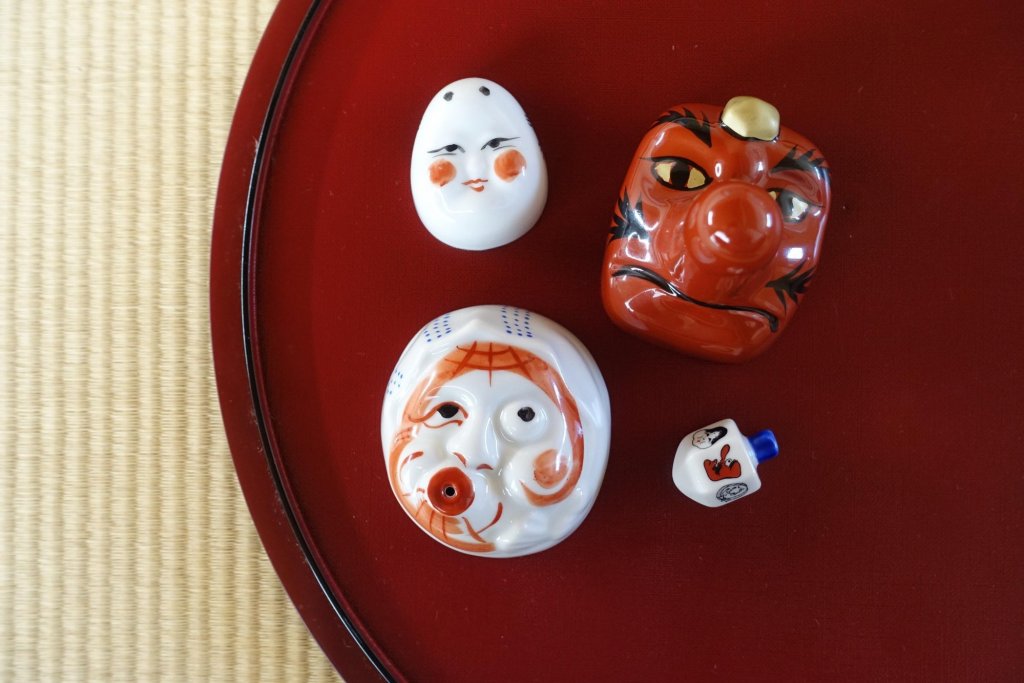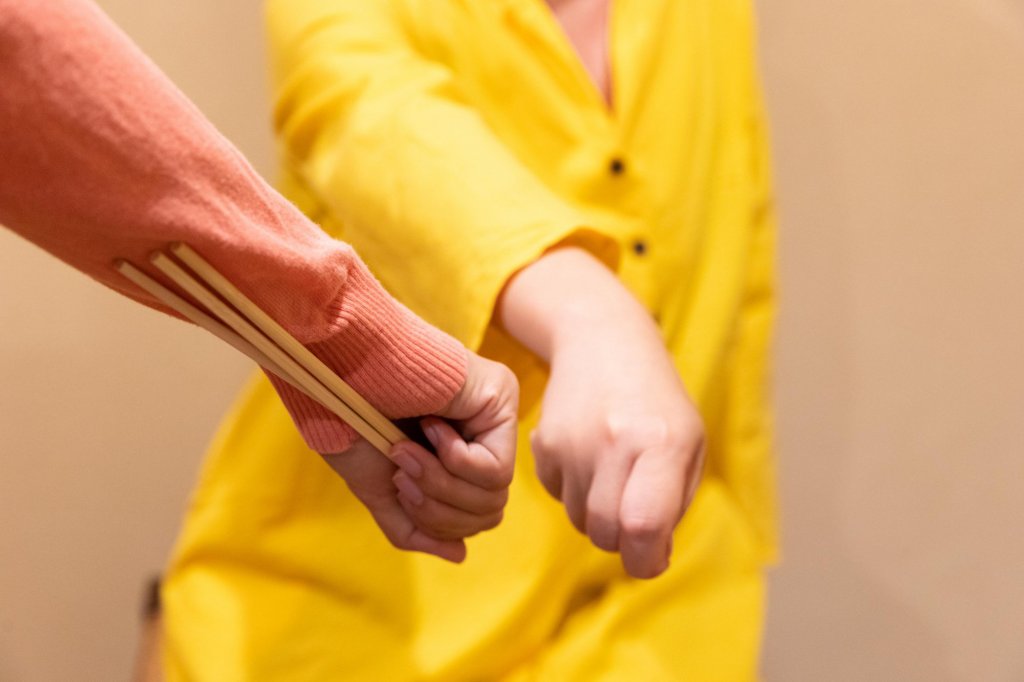Discovering Kochi’s 19 Sake Breweries
As Kochi Prefecture is quite far south, you wouldn’t necessarily expect it to be a major sake producing region. However, Kochi’s 19 breweries create some of the driest sake in Japan, made to have a clean finish and pair perfectly with food during the okyaku parties that are such an important part of the local culture. Read on to find out what makes Kochi sake special and where to try some yourself!
Why is Kochi Sake Special?
The flavor and characteristics of sake vary dramatically depending on the region where it is brewed, as different climates, types of water and rice, and even the local food culture have a major impact on the final product.
Making sake involves using microorganisms and yeast for fermentation. Prodcuing sake in Kochi is challenging, as the climate is quite warm and humid. But for that very reason, the breweries in this region have had to refine their techniques and learn how to closely control the brewing process, resulting in high-quality sake that overflow with originality and brewers who are always up for a new challenge. For instance, some breweries once made sake using yeast that had been sent up and cultivated in space!
The two most important ingredients for good sake are pure water and great rice. While they all have different flavors, the 19 breweries across Kochi’s diverse landscapes all have one thing in common: they have access to some of the purest water in the country. Breweries in the mountains use the crystal clear water from the Shimanto and Niyodo rivers, while some along the coast use desalinated deep sea water that is filled with minerals.
The rice used to make sake has been specially created and cultivated to suit the humid climate, adding another level of Kochi-specific adjustments. Using these two basic building blocks, each brewery then adds their own special techniques and skills that have been passed down for generations to produce top quality sake.
While there are variations between breweries, many Kochi-brewed sake lines are distinctly dry (as opposed to sweet). This preference for dry, crisp sake is influenced by local cuisine, as many of Kochi’s most popular dishes tend to have strong flavors, featuring robust red-fleshed fish, such as katsuo no tataki (seared bonito) or white-fleshed fish like mackerel. Dry sake pairs much better with these distinct flavors, as it doesn't clash with them.
Sake-based liquors have become popular in Japan, and drinks using Kochi-grown citrus like yuzu and naoshichi are particularly popular for their fragrant and refreshing aroma.
Making sake involves using microorganisms and yeast for fermentation. Prodcuing sake in Kochi is challenging, as the climate is quite warm and humid. But for that very reason, the breweries in this region have had to refine their techniques and learn how to closely control the brewing process, resulting in high-quality sake that overflow with originality and brewers who are always up for a new challenge. For instance, some breweries once made sake using yeast that had been sent up and cultivated in space!
The two most important ingredients for good sake are pure water and great rice. While they all have different flavors, the 19 breweries across Kochi’s diverse landscapes all have one thing in common: they have access to some of the purest water in the country. Breweries in the mountains use the crystal clear water from the Shimanto and Niyodo rivers, while some along the coast use desalinated deep sea water that is filled with minerals.
The rice used to make sake has been specially created and cultivated to suit the humid climate, adding another level of Kochi-specific adjustments. Using these two basic building blocks, each brewery then adds their own special techniques and skills that have been passed down for generations to produce top quality sake.
While there are variations between breweries, many Kochi-brewed sake lines are distinctly dry (as opposed to sweet). This preference for dry, crisp sake is influenced by local cuisine, as many of Kochi’s most popular dishes tend to have strong flavors, featuring robust red-fleshed fish, such as katsuo no tataki (seared bonito) or white-fleshed fish like mackerel. Dry sake pairs much better with these distinct flavors, as it doesn't clash with them.
Sake-based liquors have become popular in Japan, and drinks using Kochi-grown citrus like yuzu and naoshichi are particularly popular for their fragrant and refreshing aroma.
Visiting Kochi’s Sake Breweries
Several of Kochi’s breweries are open to the public and offer tours and tastings for foodies looking to sample sake from this terroir. Here are a few recommendations of easily accessible breweries that welcome visitors:
・The Nishioka Brewery is the oldest in Kochi, established in 1781. It is housed in a 240 year old building with a rather grand interior overflowing with historical charm. After touring the brewery, you can enjoy a free sake tasting. It is located a 5 minute walk from Tosa-Kure Station, which is under an hour by train from Kochi Station.
・Located in the charming retro town of Sakawa, the Tsukasabotan Brewery is another good destination for a day trip, particularly during the cherry blossom season. This brewery has an exceptionally long storehouse (where the sake is matured) that takes up almost a whole block. You will need to book your tour at least one day in advance. The brewery is only 30 minutes by express train from Kochi City.
・The Suigei Brewery is a little harder to reach, but is well worth the effort. With a tasting area and
café housed in a strikingly modern, minimalistic building, it is clear that this brewery enjoys playing with expectations. They offer 3 tours a day from Thursday to Sunday (booking required) that include a tasting of two of their elegant brews. The café also offers creative non-alcoholic sweets. The brewery is either a 45 minute drive from Kochi City, or a 20 minute taxi ride from Sakawa Station.
Please keep in mind that there are times when the breweries are not open to the public, so be sure to check when planning your visit.
・The Nishioka Brewery is the oldest in Kochi, established in 1781. It is housed in a 240 year old building with a rather grand interior overflowing with historical charm. After touring the brewery, you can enjoy a free sake tasting. It is located a 5 minute walk from Tosa-Kure Station, which is under an hour by train from Kochi Station.
・Located in the charming retro town of Sakawa, the Tsukasabotan Brewery is another good destination for a day trip, particularly during the cherry blossom season. This brewery has an exceptionally long storehouse (where the sake is matured) that takes up almost a whole block. You will need to book your tour at least one day in advance. The brewery is only 30 minutes by express train from Kochi City.
・The Suigei Brewery is a little harder to reach, but is well worth the effort. With a tasting area and
café housed in a strikingly modern, minimalistic building, it is clear that this brewery enjoys playing with expectations. They offer 3 tours a day from Thursday to Sunday (booking required) that include a tasting of two of their elegant brews. The café also offers creative non-alcoholic sweets. The brewery is either a 45 minute drive from Kochi City, or a 20 minute taxi ride from Sakawa Station.
Please keep in mind that there are times when the breweries are not open to the public, so be sure to check when planning your visit.
What to Pair with Kochi Sake
As local cuisine and sake brewing are intricately connected, trying some Kochi specialties and pairing them with sake from one of the 19 breweries is a must. If you are not sure what sake to order, restaurant staff will be happy to recommend a variety that will pair well with what you order.
In Japanese there is a special word for certain snacks that pair well and are often eaten with alcoholic drinks, otsumami. One option for adventurous eaters visiting in Kochi is shuto, a paste made from the innards of bonito. The name is written with the kanji characters for “sake” and “to steal,” basically implying that it goes so well with sake that your glass will be empty before you know it! The lord of Kochi Castle is said to have been a big fan of shuto.
Another must-try is a dish called dorome, tiny little fish that are dipped in vinegared miso and pair extremely well with crisp dry sake.
Last but certainly not least is the beloved local party food, sawachi cuisine. Large servings of fresh sashimi, sushi, vegetable dishes, fried tidbits (and more) are neatly piled onto large platters and served at banquets. Many restaurants in Kochi City offer “mini sawachi” sets, offering visitors a chance to try a variety of specialties in a more reasonable size.
In Japanese there is a special word for certain snacks that pair well and are often eaten with alcoholic drinks, otsumami. One option for adventurous eaters visiting in Kochi is shuto, a paste made from the innards of bonito. The name is written with the kanji characters for “sake” and “to steal,” basically implying that it goes so well with sake that your glass will be empty before you know it! The lord of Kochi Castle is said to have been a big fan of shuto.
Another must-try is a dish called dorome, tiny little fish that are dipped in vinegared miso and pair extremely well with crisp dry sake.
Last but certainly not least is the beloved local party food, sawachi cuisine. Large servings of fresh sashimi, sushi, vegetable dishes, fried tidbits (and more) are neatly piled onto large platters and served at banquets. Many restaurants in Kochi City offer “mini sawachi” sets, offering visitors a chance to try a variety of specialties in a more reasonable size.
Traditional Kochi Drinking Games
The people of Kochi enjoy a good party and have a few traditional games that are often played at okyaku gatherings.
■Kenpai and Henpai
This is a very Kochi way of serving drinks. First, a more junior member of the group takes their own cup to a senior member, then pours sake into the cup. The senior member then needs to drink the cup dry: this is called kenpai. Next, the senior member then pours sake into the same cup and returns it to the giver to drink: this is henpai. It is a good way for people to get to know each other and break the ice.
■Bekuhai
You may spot sets of elaborate sake cups shaped like faces at some restaurants in Kochi. In this game, everyone playing takes turns spinning a top, which decides which cup they must drink from. One is “trick cup” that have a small hole in it that you have to block with your finger. All are designed so that you cannot put the cup down until all the sake has been drunk!
■Hashiken
This is also a drinking game unique to Kochi. Opponents face one another, each holding 3 chopsticks behind their backs. Opponents then hold out one arm while still hiding a certain number of chopsticks, before revealing how many they're both holding. The aim is to guess the total number of chopsticks played. Needless to say, the losing opponent has to drink the whole cup of sake, and it gets harder to guess correctly the longer the game continues. Every year a big hashiken tournament is held on October 1st, which is also Sake Day in Japan.
■Kenpai and Henpai
This is a very Kochi way of serving drinks. First, a more junior member of the group takes their own cup to a senior member, then pours sake into the cup. The senior member then needs to drink the cup dry: this is called kenpai. Next, the senior member then pours sake into the same cup and returns it to the giver to drink: this is henpai. It is a good way for people to get to know each other and break the ice.
■Bekuhai
You may spot sets of elaborate sake cups shaped like faces at some restaurants in Kochi. In this game, everyone playing takes turns spinning a top, which decides which cup they must drink from. One is “trick cup” that have a small hole in it that you have to block with your finger. All are designed so that you cannot put the cup down until all the sake has been drunk!
■Hashiken
This is also a drinking game unique to Kochi. Opponents face one another, each holding 3 chopsticks behind their backs. Opponents then hold out one arm while still hiding a certain number of chopsticks, before revealing how many they're both holding. The aim is to guess the total number of chopsticks played. Needless to say, the losing opponent has to drink the whole cup of sake, and it gets harder to guess correctly the longer the game continues. Every year a big hashiken tournament is held on October 1st, which is also Sake Day in Japan.
